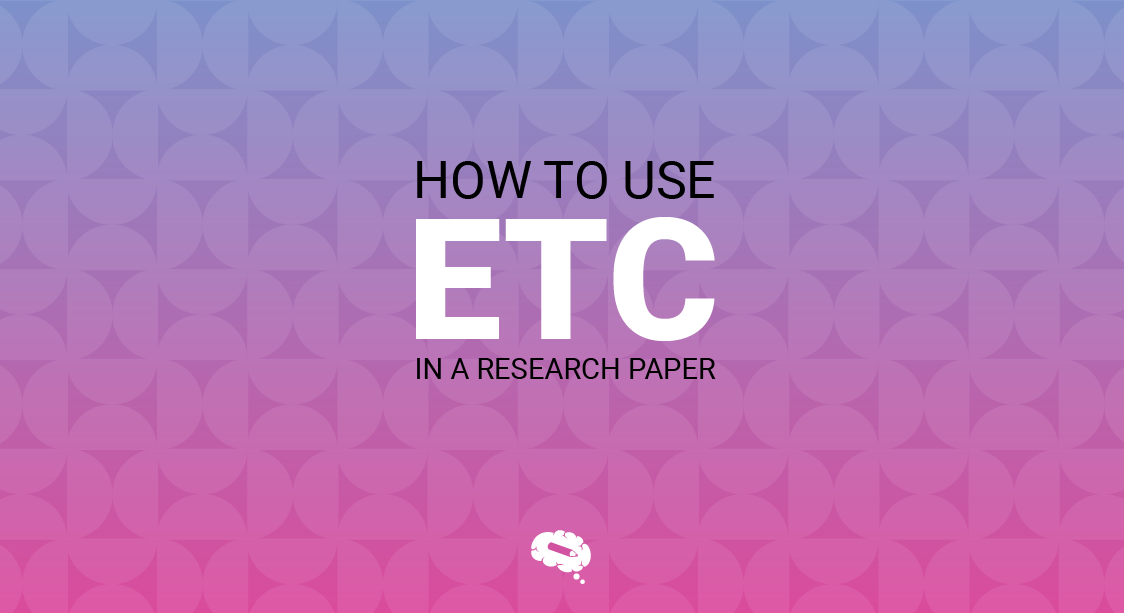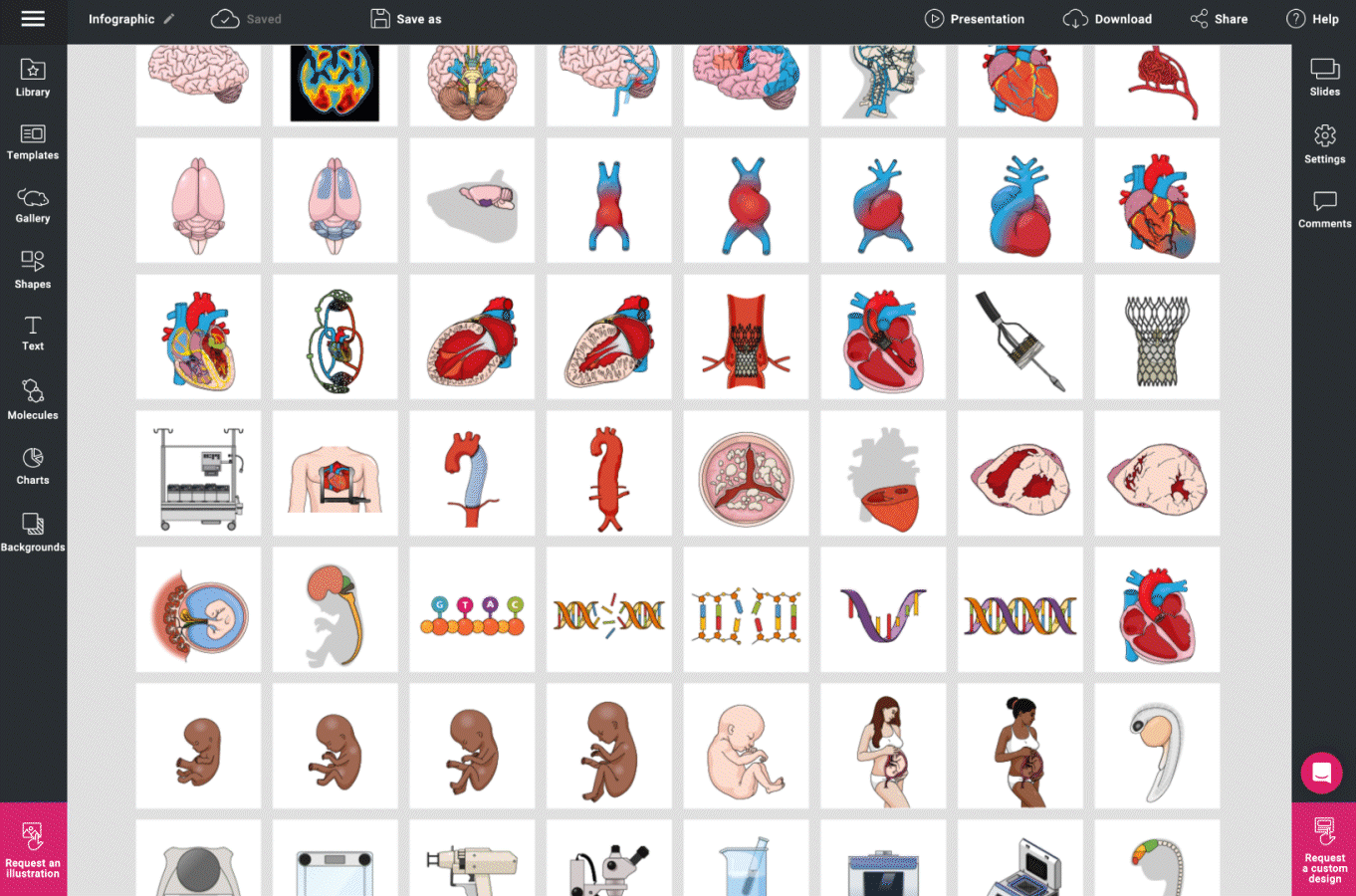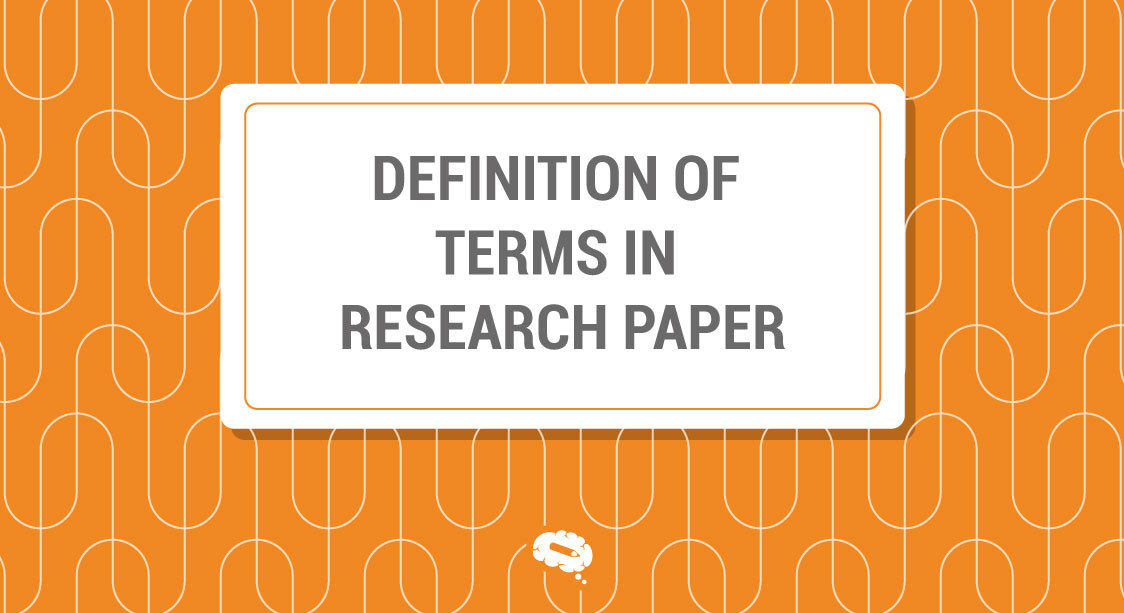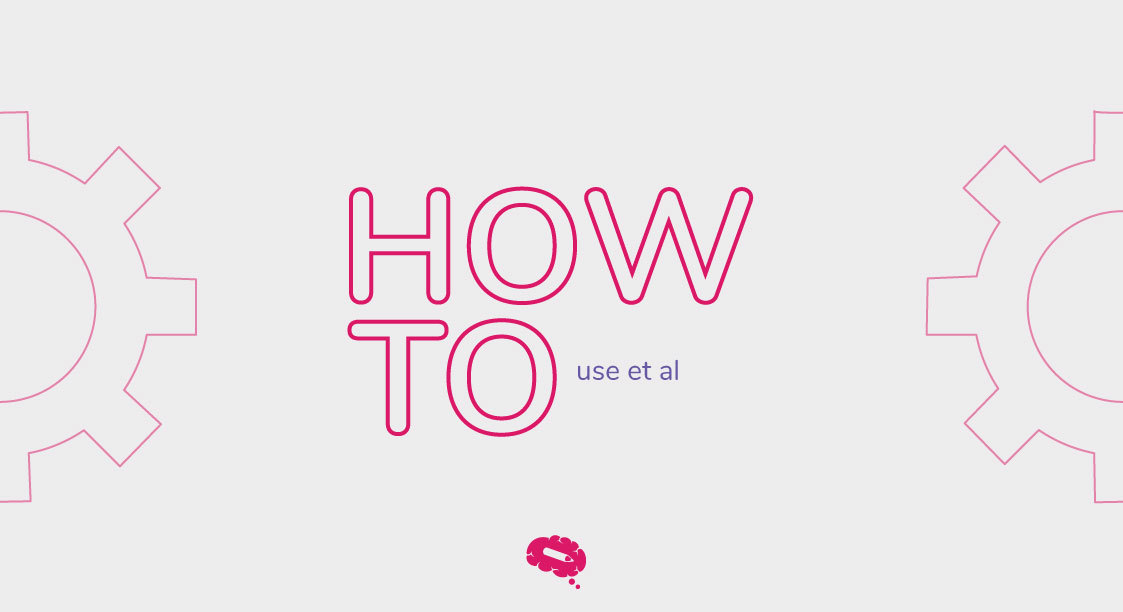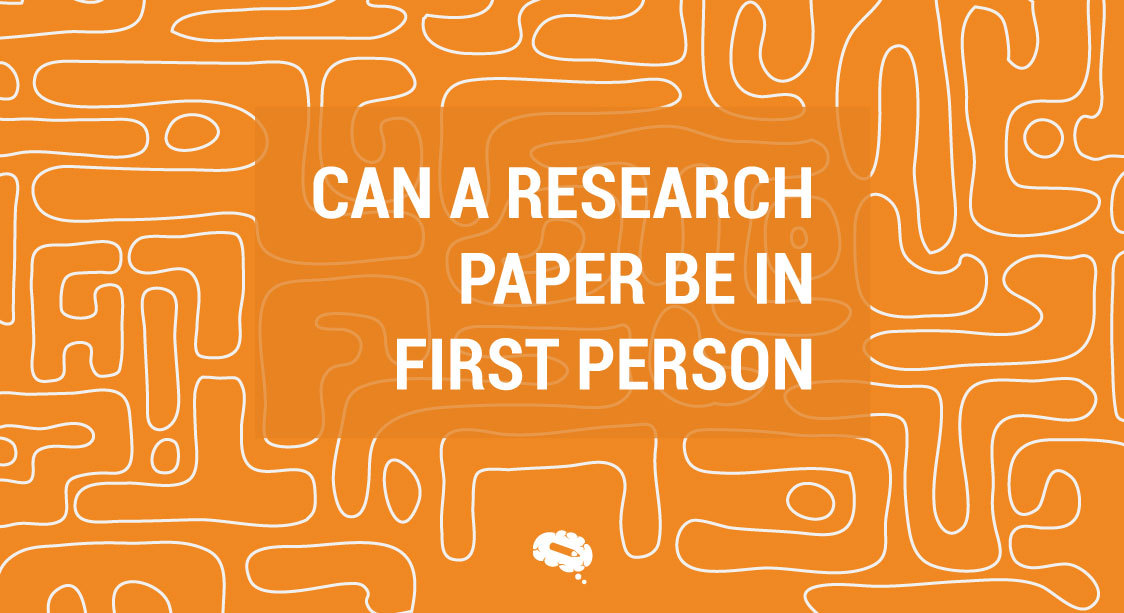Using proper punctuation and formatting in a research paper is crucial for clarity and professionalism, and one common element that often confuses is the abbreviation “etc.” Short for the Latin phrase “et cetera,” meaning “and other things,” the word “etc.” is frequently used to indicate the continuation of a list. However, its usage must be precise to maintain the academic tone of your paper. In this guide, we will explore how to use “etc.” in a research paper effectively, ensuring that your writing remains clear, concise, and scholarly.
Introduction to Using “etc”
Importance of Proper Usage
The importance of proper usage of “etc.” in a research paper cannot be overstated. Incorrect usage can lead to ambiguity, making your arguments and data less clear to the reader. Furthermore, misuse may convey a lack of attention to detail, undermining the professionalism of your work. The competitors discuss the usage of the full phrase ‘et cetera’ and its abbreviation ‘etc.’ in writing. They mention the importance of using it only after listing items in the same category, the need for a period at the end, and the prohibition of using ‘etc.’ when listing names of people. In academic writing, every element must contribute to the precision and clarity of your argument. Properly using “etc.” helps maintain the formal tone required in scholarly papers. It ensures that your lists are clear and complete without being overly verbose. Additionally, adhering to punctuation rules, such as placing a comma before “etc.” in a series, showcases your command of academic conventions. This meticulous attention to detail strengthens the credibility and readability of your research, making your work more impactful.

Common Mistakes to Avoid
One common mistake when using “etc.” is overuse. Relying too heavily on “etc.” can make your writing appear lazy and incomplete. Always ensure that the items listed before “etc.” are representative of a complete category, making it clear what other items you are implying. When ‘etc.’ is used in the middle of a sentence, it must be followed by a comma, and any concluding punctuation should come right after the period. Another mistake is using “etc.” in formal lists or detailed descriptions where it is more appropriate to be specific. Additionally, failing to include a comma before “etc.” in a series is a frequent error that disrupts the grammatical flow of your sentence. Some writers also mistakenly use “etc.” in sentences where it is redundant, such as after “e.g.” which already implies additional examples. Ensuring you avoid these pitfalls will make your writing more precise and professional, aligning with academic standards. Proper usage of “etc.” is crucial for maintaining the clarity and scholarliness of your research paper.

Benefits of Correct Usage
Using “etc.” correctly in a research paper offers several benefits that enhance the quality of your writing. A few examples include listing various research methods, types of data, or theoretical frameworks without enumerating each one. Firstly, it contributes to the conciseness of your paper, allowing you to avoid lengthy lists without sacrificing clarity. This is particularly useful in maintaining the reader’s engagement and ensuring your argument flows smoothly. Secondly, proper usage of “etc.” demonstrates your attention to detail and adherence to academic standards, which boosts your credibility as a researcher. Additionally, it helps maintain the formal tone expected in scholarly writing. By using “etc.” appropriately, you also ensure that your lists are succinct yet comprehensive, making your points clearer and more impactful. The correct use of “etc.” thus not only supports the readability of your paper but also underscores your commitment to precision and professionalism, essential qualities in academic research.
Contextual Relevance
Academic Writing Standards
Adhering to academic writing standards is essential when using “etc.” in a research paper. These standards dictate that your writing should be precise, formal, and free from ambiguity. Misuse of “etc.” can violate these principles, leading to unclear or incomplete arguments. According to academic guidelines, “etc.” should only be used when the omitted items are easily inferred by the reader, ensuring that the list remains comprehensive. Furthermore, the inclusion of a comma before “etc.” in a series is a grammatical requirement that upholds the integrity of your sentence structure. Proper usage of “etc.” also involves avoiding redundancy; for instance, do not use it after “such as” or “including”, as these phrases already imply additional items. By following these standards, you ensure that your research paper meets the rigorous expectations of academic writing, thereby enhancing its clarity, professionalism, and scholarly value. Instead of using “etc.”, consider using specific words or phrases like “and so on” or “and so forth” to maintain clarity and formality.
Situational Appropriateness
Understanding when to use “etc.” in a research paper is crucial for maintaining its effectiveness. “Etc.” should be used sparingly and only in contexts where the omitted items are clear to the reader. It is appropriate in informal lists or when the complete enumeration of items would be unnecessarily verbose. For example, in methodologies or discussions where minor details are not critical to the understanding of the main point, “etc.” can be a useful tool. However, in formal sections such as literature reviews or detailed analyses, providing specific examples is often more appropriate and academically rigorous. Additionally, avoid using “etc.” in the middle of a list with items that are not similar or logically connected, as this can confuse the reader. Ensuring situational appropriateness when using “etc.” enhances the clarity and professionalism of your research paper, aligning it with academic standards. In formal writing, it is best to avoid using “etc.” to ensure precision and clarity.
Examples in Research Papers
In research papers, “etc.” can be effectively used to streamline lists without losing meaning. A few examples of how ‘etc.’ can be used effectively include describing a series of methodologies or theoretical frameworks. For instance, when describing a series of methodologies, you might write, “The experiment involved measuring temperature, pressure, humidity, etc.” Here, “etc.” indicates that other similar environmental factors were measured, maintaining brevity without sacrificing clarity. Another example could be in the discussion of theoretical frameworks. You might state, “Various theories such as constructivism, behaviorism, cognitivism, etc., were considered.” This use of “etc.” implies the inclusion of other relevant theories, making the list representative without being exhaustive. Remember to place a comma before “etc.” when it concludes a series. Additionally, ensure that the items before “etc.” are sufficiently illustrative of the category being discussed. Proper use of “etc.” in these contexts helps maintain a formal tone while keeping the writing concise and focused, crucial elements in academic research.

Guidelines for Usage
When to Use “etc”

Using “etc.” in a research paper is appropriate when you need to indicate that a list of items continues beyond what is explicitly mentioned. When ‘etc.’ is used in the middle of a sentence, it must be followed by a comma, and any concluding punctuation should come right after the period. It is particularly useful in contexts where listing every item would be redundant or overly detailed. For instance, when mentioning common data collection methods, you might write, “Surveys, interviews, observations, etc., were utilized.” This suggests that other similar methods were also used without the need to list each one. “Etc.” is also suitable in summarising related concepts or groups, such as in descriptions of related studies or theories. However, it’s crucial to use “etc.” only when the omitted items are easily inferred by the reader. Avoid using it in formal lists or where precision is required, as this can lead to ambiguity. Correctly using “etc.” ensures your writing remains concise and clear, which is vital in maintaining the scholarly tone of your research paper.
When to Avoid “etc”

There are instances in academic writing where using “etc.” should be avoided to maintain clarity and precision. Avoid “etc.” in formal lists where each item needs to be explicitly stated, such as in detailed methodologies, results, or theoretical frameworks. For example, stating “The variables measured included height, weight, temperature, etc.” in a results section can be vague; specifying each variable measured is more appropriate. Additionally, do not use “etc.” when the omitted items are not obvious, as this can confuse the reader. Also, refrain from using “etc.” in sentences where it would be redundant, such as after “including” or “such as,” because these phrases already imply additional items. Lastly, overusing “etc.” can make your writing seem lazy or incomplete. By being mindful of these situations, you enhance the accuracy and professionalism of your research paper, ensuring it meets academic standards. In formal writing, it is crucial to avoid “etc.” to maintain precision and clarity.
Alternative Phrases
When “etc.” feels inappropriate or redundant, there are several alternative phrases that can be used to maintain clarity and completeness in your research paper. Phrases like “and so forth” or “and the like” can serve a similar purpose while providing a slightly more formal tone. For example, instead of writing “books, journals, articles, etc.,” you might say “books, journals, articles, and the like.” Additionally, “among others” can be a useful alternative, particularly in contexts where you are listing people, places, or specific studies. For instance, “Studies by Smith, Jones, among others, have shown…” offers a clear yet succinct way to imply additional examples. Using such alternatives can help avoid the repetitiveness of “etc.” while maintaining the academic tone and clarity of your paper. These phrases also offer flexibility, allowing you to choose the most appropriate expression for your specific context. Consider using specific words or phrases like “and so on” or “and so forth” instead of “etc.” to maintain clarity and formality.
Practical Examples
Correct Usage in Sentences

Understanding how to correctly use “etc.” in sentences is essential for maintaining clarity and formality in your research paper. When ‘etc.’ is used in the middle of a sentence, it must be followed by a comma, and any concluding punctuation should come right after the period. When listing items, “etc.” should follow a comma and be used to imply the continuation of a series. For example, “The survey included questions about age, gender, occupation, etc.” Here, “etc.” indicates that the list includes other demographic variables. It is crucial to ensure that the items before “etc.” are representative and logically connected. Additionally, “etc.” should not be overused; it is best reserved for instances where listing every item would be redundant. Avoid using “etc.” after phrases like “such as” or “including,” as these already imply additional items. For instance, “We collected data from various sources such as books, journals, articles, etc.” is redundant. Correctly placing “etc.” in your sentences helps maintain a concise and professional tone, aligning with academic writing standards.
Incorrect Usage in Sentences
Incorrect usage of “etc.” can lead to confusion and reduce the clarity of your research paper. One common mistake is using “etc.” after phrases such as “including” or “such as,” which already imply additional items. For example, “The study examined variables such as height, weight, temperature, etc.” is incorrect and redundant. Another error is using “etc.” without a preceding comma in a list, as in “The participants were asked about their age, gender, occupation etc.” This disrupts the grammatical flow of the sentence. Additionally, avoid using “etc.” in formal sections or when the omitted items are not easily inferred by the reader, as in “The variables measured included height, weight, etc.”—this leaves the reader guessing what other variables might be included. Ensuring that “etc.” is used sparingly and appropriately will help maintain the precision and professionalism required in academic writing. In formal writing, it is best to avoid using “etc.” altogether, as it may come across as lazy or vague.
Real-life Research Paper Examples
Examining real-life research papers can help illustrate the proper use of “etc.” in academic writing. A few examples can demonstrate how ‘etc.’ can be used effectively in research papers. For instance, a paper on environmental science might state, “The study involved analyzing various pollutants, including nitrogen oxides, sulfur dioxide, particulate matter, etc.” Here, “etc.” effectively indicates that other similar pollutants were also analyzed without listing each one. Another example could be found in a psychological research paper: “Participants were asked about their daily habits, such as sleeping patterns, eating routines, exercise frequency, etc.” This usage shows that other daily habits were considered, maintaining the paper’s conciseness. Reviewing well-written papers in your field can provide valuable insights into how experienced researchers use “etc.” appropriately. These examples can guide you in ensuring your lists are both comprehensive and succinct, thereby enhancing the clarity and professionalism of your own research paper. Properly used, “etc.” can make your academic writing more efficient and impactful.

Summary and Conclusion
Key Takeaways
Proper use of “etc.” in a research paper enhances clarity and maintains a formal academic tone. Key takeaways include using “etc.” only when the omitted items are obvious and logically connected to those listed. Always include a comma before “etc.” in a series and avoid redundancy by not using it after phrases like “such as” or “including.” Overusing “etc.” can make your writing seem lazy; use it sparingly and only in appropriate contexts. In formal sections, provide complete lists rather than relying on “etc.” to ensure precision. Alternative phrases like “and so forth” or “among others” can be used for variety and to maintain the formality of your writing. Reviewing real-life research papers can offer valuable examples of how to use “etc.” effectively. By adhering to these guidelines, you can ensure that your research paper remains clear, concise, and professional, meeting the high standards of academic writing. Consider using specific words or phrases like “and so on” or “and so forth” instead of “etc.” to maintain clarity and formality.
Final Thoughts
Mastering the use of “etc.” in a research paper is a small yet significant aspect of academic writing. Its proper usage can enhance the readability and professionalism of your work, ensuring your arguments are clear and your lists are complete without being overly verbose. However, it is equally important to recognize the situations where “etc.” might be inappropriate or redundant. Opting for alternative phrases or providing a full list when needed can often be more effective. As you refine your writing skills, pay close attention to how experienced academics employ “etc.” in their papers. This practice will help you discern when and how to use this abbreviation most effectively. Ultimately, the goal is to maintain a balance between brevity and clarity, ensuring that your research paper meets the rigorous standards of academic writing while remaining accessible and engaging to your readers. In formal writing, it is advisable to avoid using “etc.” as it may come across as lazy or vague, and instead, opt for specific words or phrases to improve clarity and precision.
Further Reading
For those interested in delving deeper into the nuances of academic writing, several resources can provide valuable insights. “The Elements of Style” by Strunk and White is a classic guide that covers fundamental principles of clear and concise writing. Additionally, “They Say/I Say: The Moves That Matter in Academic Writing” by Gerald Graff and Cathy Birkenstein offers practical advice on integrating sources and constructing arguments effectively. For a more comprehensive look at grammar and style, “The Chicago Manual of Style” is an authoritative reference. Online resources like the Purdue Online Writing Lab (OWL) also offer extensive guidelines on various aspects of academic writing, including the proper use of abbreviations like “etc.” Engaging with these resources will further hone your writing skills, ensuring that your research papers are well-structured, precise, and impactful. Reading widely and practicing consistently are key to mastering the art of academic writing.
It is important to note that ‘etc.’ is more appropriate in informal writing and should be used sparingly in formal academic papers.
Enhance Your Scientific Visuals with Mind the Graph
Mind the Graph excels in creating stunning and scientifically accurate designs, tailored specifically for the needs of the scientific community. Our platform offers a wide array of tools and resources to help researchers and academics transform complex data into clear, engaging visuals. With an extensive library of illustrations and an intuitive editor, you can effortlessly produce high-quality infographics, posters, and graphical abstracts that captivate and inform your audience. Elevate your research presentations and publications with Mind the Graph’s user-friendly interface and precise illustrations. Start enhancing your scientific visuals today – sign up for free and experience the difference!

Subscribe to our newsletter
Exclusive high quality content about effective visual
communication in science.

